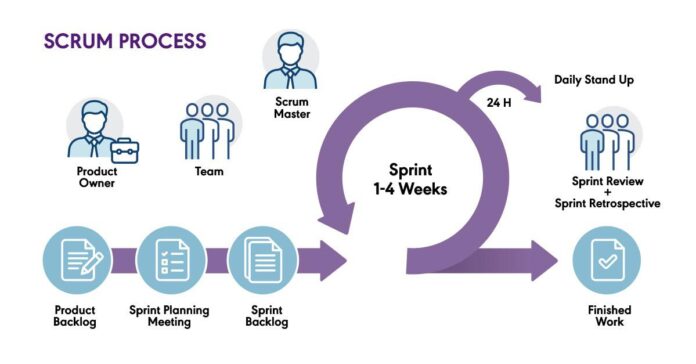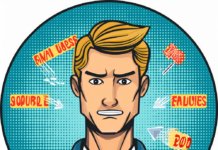It’s important to note that every team and organization practices Scrum and Agile in their unique way, and there is no one-size-fits-all approach. The roles and responsibilities I’ve outlined here reflect my experience with what I consider best practices, but effective Scrum can vary widely based on team dynamics, company culture, and project needs. Agile is designed to be flexible, so adapting practices to best fit the context of the team is often more valuable than strictly following any one interpretation.
- Business Driven: Product Owner needs to manage the backlog (priority and estimates).
- Backlog Compaction: Product owners need to clean stories with similar contexts and consistently remove duplicates in the backlog.
- Synergistic Size: A scrum team should have 3-9 members to have a focused discussion with full idea coverage and participation. The team should be self-organizing with a mixed set of necessary skills for success.
- Key Players: Each team needs a scrum master and a product owner. The PO may or may not attend the daily meeting, but they must be present enough to answer guiding questions. Team leads remove impediments. They are not SCRUM masters.
- Burndown Framework: there needs to be an overarching goal of how to burn down the backlog and how to burn down in each sprint. This will create a sense of accomplishment to celebrate and recharge the team.
- Product owners (PO) sit in the business: teams need full transparency in moving business market requirements, and this can only be done with the PO having a line of sight into the entire backlog and guiding that backlog.
- One Source of Truth: There cannot be multiple tracking lists or sites across cross-impacted teams for epics or stories.
- QA Testing and Development: Testing and development teams must be aligned with the requirements. They must interact to ensure they understand the requirement and the test cases reflect that.
- Shared Product Vision: Everyone must fully understand what everyone does and how they contribute to the complete vision
- Meetings are not status updates: Address everyone for cross-cutting issues, not the SCRUM Master, as though you are providing a status update.
- Immediate Implementation of Retrospect Ideas: Implement the ideas in the next sprint because, without action, they are just ideas. The retrospective should have both the Scrum Team and stakeholders of the Product Owner.
The Scrum Master guides the team through Scrum events, such as sprint planning, daily stand-ups, and retrospectives, promoting continuous improvement and collaboration. Scrum Masters actively protect the team from disruptions and enable them to focus on delivering high-quality work.
The Product Owner is responsible for defining and prioritizing the product’s features and requirements to maximize its value to customers and the business. They manage the product backlog and clearly communicate the vision, goals, and priorities to the development team.
The Product Owner ensures that the team understands what needs to be built and why, making critical decisions about what features to work on and in what order.
- What is the problem to solve, and what must the product do?
- Who to solve for? Outsmall anyone to make it highly focused.
- Why must we do this?
They act as the main point of contact between the stakeholders and the development team, balancing various interests to ensure the final product aligns with business objectives and customer needs.











